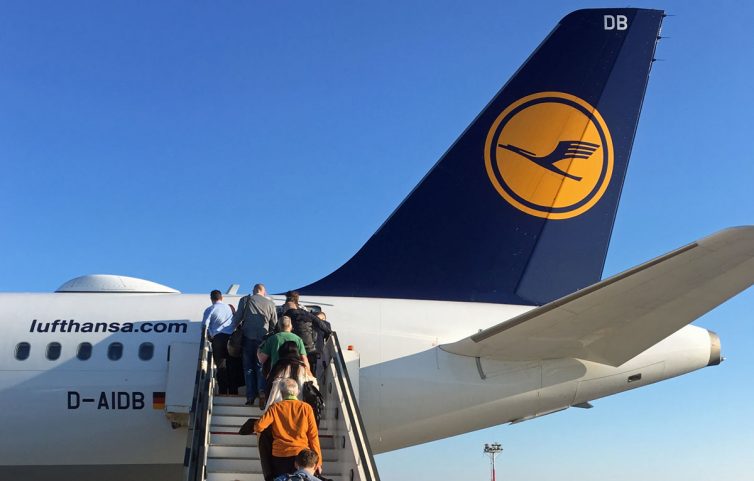
D-AIDB, one of Lufthansa’s newly-equipped IFC aircraft – Photo: JL Johnson | AirlineReporter
Here in the U.S., we have been spoiled by the ubiquity of in-flight connectivity (IFC). A few years ago the IFC saturation rate reached a level affording passengers the opportunity to adjust expectations from being a nice-to-have feature to a downright entitlement. Delta, our on-again, off-again largest domestic carrier, has long been an in-flight WiFi leader, having reached just shy of a 100% IFC-equipped fleet years ago. Thanks to early IFC pioneers like Gogo, with their ATG products, the U.S. has truly had a jump start on other markets.
Because of this, it may be surprising to our U.S. readership that IFC is not terribly common with short-to-medium-range flights in and around Europe. Lufthansa (plus subsidiaries Austrian Airlines and Eurowings) are looking to change that. In partnership with Lufthansa Technik, Honeywell Aerospace, and Inmarsat, these carriers are deploying a new IFC solution at the steady clip of eight planes per week.
I recently had the opportunity to spend some time with Lufthansa Technik to learn about Lufthansa’s new in-flight connectivity solution and even experience it first hand…
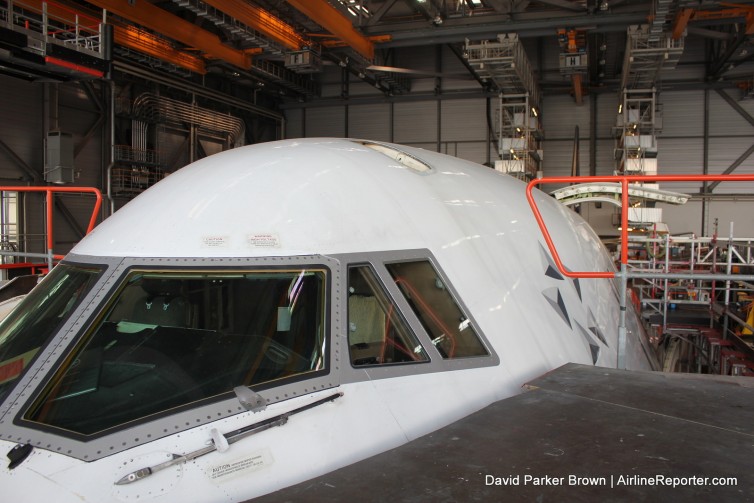
Not an angle that one sees often of a Boeing 747-400
“We actually don’t do that work here. For that kind of thing, we have to ship it out to Lufthansa Technik in Germany.” If you talk to a great number of airline maintenance employees around the world, you’ll probably hear that line a few times. Many airlines are capable of doing their own aircraft maintenance, but few locations in the world take MRO (Maintenance, Repair, and Overhaul) to the level Lufthansa Technik does.
Airlines around the world send their aircraft to Technik for jobs ranging from a mandatory C check to a nose-to-tail cabin refurbishment. Recently, I was invited to tour Technik’s facilities in Hamburg, Germany, which is just one of their multiple full-service locations around the world.
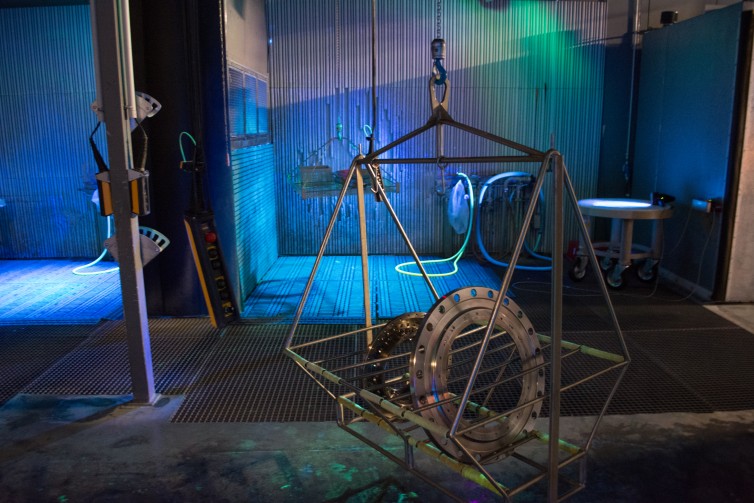
One of the black light inspection areas in Lufthansa Technik Engine Shop – Photo: Jason Rabinowitz
Our first stop on the Engine Services center. Engines are, by far, some of the most expensive parts on any aircraft. Most airlines perform only minor maintenance on their engines, but in the Engine Services center, several engines were completely torn down for a total rebuild.
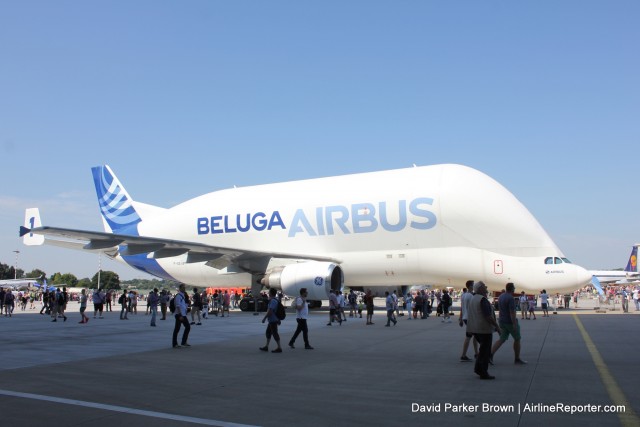
Airbus Beluga 1 sits in the morning sun
Living in Seattle, I get to see the Boeing Dreamlifter quite often. It is an odd-looking plane with an attitude that I just love. I had never been able to see its counterpart, the Airbus Beluga, and when I heard it was going to be attending Hamburg Airport Days, I was excited to get my first look.
When entering the event, I looked around and couldn’t find it, but I was assured that the plane was there — somewhere. I figured that it is not exactly the type of aircraft that can easily hide.
Sure enough, as I turned a corner… there it was. One big, bold, and beautiful plane. Not like supermodel beautiful, but a sort of beauty that… well, only an AvGeek could love.
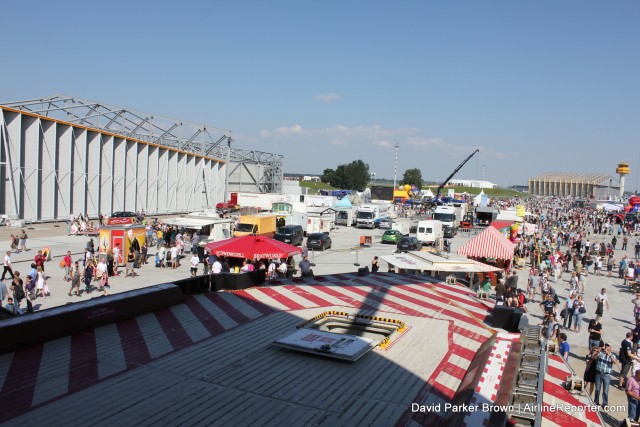
The view from the main cargo deck, into the crown at Hamburg
As I walked around and took photos, I was asked by my Lufthansa hosts if I had any questions. “Yes, can I tour the inside?” Being the gracious folks that they were, they said that they would see what they could do. Knowing that it might be challenging to find an Airbus representative and arrange a media tour at the last minute, I kept my expectations in check. Of course I was hoping for the best.
Shortly after, I was told that we could tour the plane, but it had to be quick (like five minutes-quick). I was asked if I was still interested, all I could do was grow a big grin and say, “heck yes, let’s do it!”




